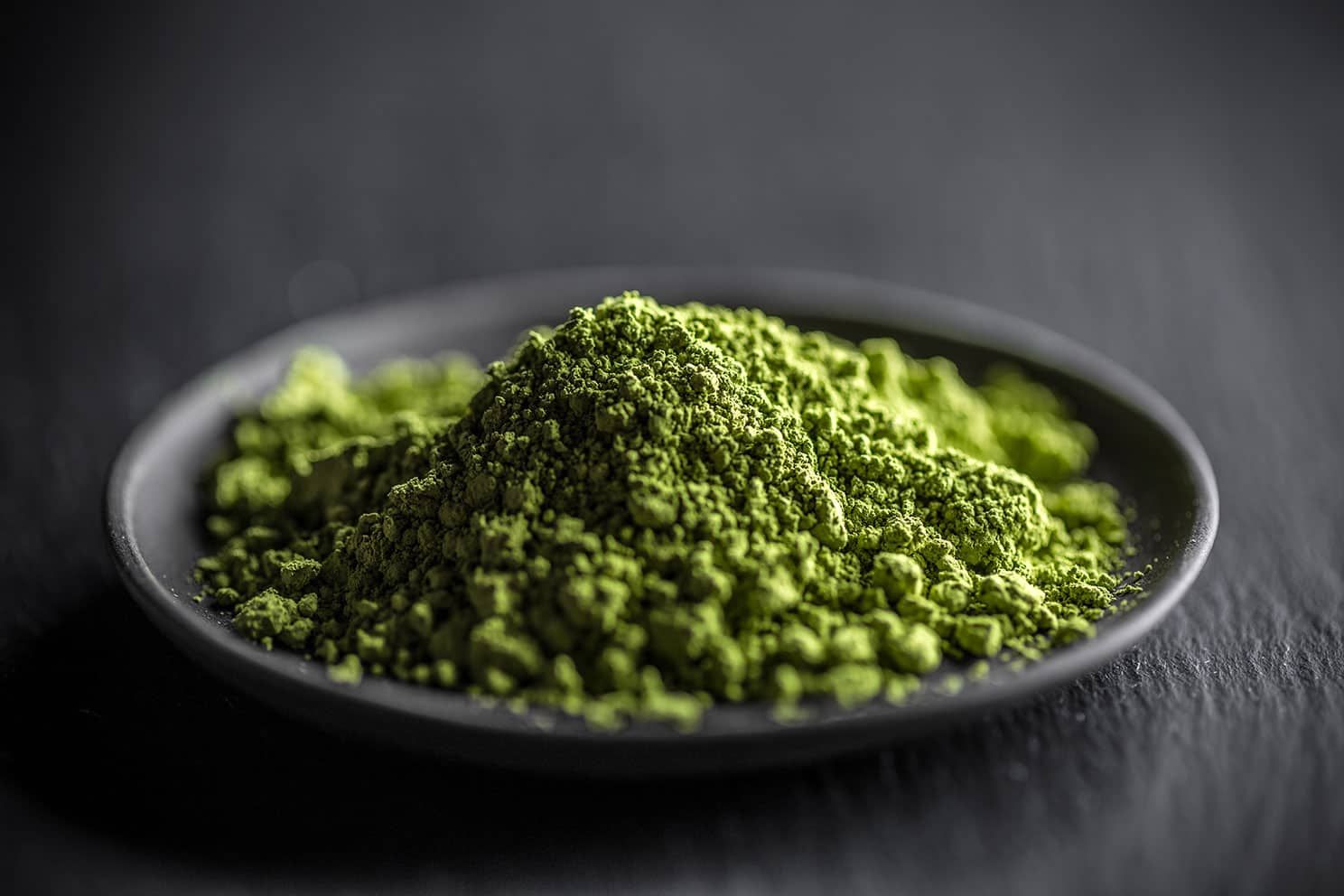Pain management is a complex and challenging aspect of healthcare, with millions of people around the world suffering from chronic pain on a daily basis. Traditional treatments such as opioids and nonsteroidal anti-inflammatory drugs (NSAIDs) can be effective in managing pain, but they also come with a host of side effects and risks. As a result, researchers are constantly looking for new and innovative ways to treat pain without the negative consequences associated with current medications.
One potential ally in the fight against pain is kratom, a plant native to Southeast Asia that has been used for centuries for its medicinal properties. Kratom contains compounds called alkaloids that interact with opioid receptors in the brain, producing analgesic effects similar to those of opioids but without many of the negative side effects. This has led researchers to investigate kratom as a possible alternative or adjunct therapy for chronic pain management.
Studies have shown that kratom can be effective in relieving both acute and chronic pain, making it an attractive option for patients who are looking for natural alternatives to traditional medications. In addition to its analgesic properties, kratom has also been shown to have anti-inflammatory and antidepressant effects, further enhancing its potential as a therapeutic agent.
Despite its promising benefits, kratom is not without controversy. The U.S. Food and Drug Administration (FDA) has raised concerns about the safety of kratom due to reports of adverse events such as seizures, liver damage, and even death associated with its use. As a result, the FDA has issued warnings about the potential risks of using kratom and has even proposed banning it altogether.
However, proponents of kratom argue that these risks are overstated and that when used responsibly under medical supervision, kratom can be a safe and effective treatment for pain. They point to studies showing that adverse events related to kratom are rare compared to other medications commonly used for pain management.
As research into kratom continues, scientists are hopeful that this plant could become an important tool in the fight against chronic pain. By delving deeper into its mechanisms of action and exploring different formulations and dosages, researchers hope to unlock the full potential of kratom as a therapeutic agent.
In conclusion, while more research is needed to fully understand the benefits and risks of using kratom for pain management, there is growing evidence that this plant could be a valuable ally in treating chronic pain without many of the drawbacks associated with traditional medications. With careful monitoring and regulation, kratom may offer new hope for millions of people struggling with persistent pain.



